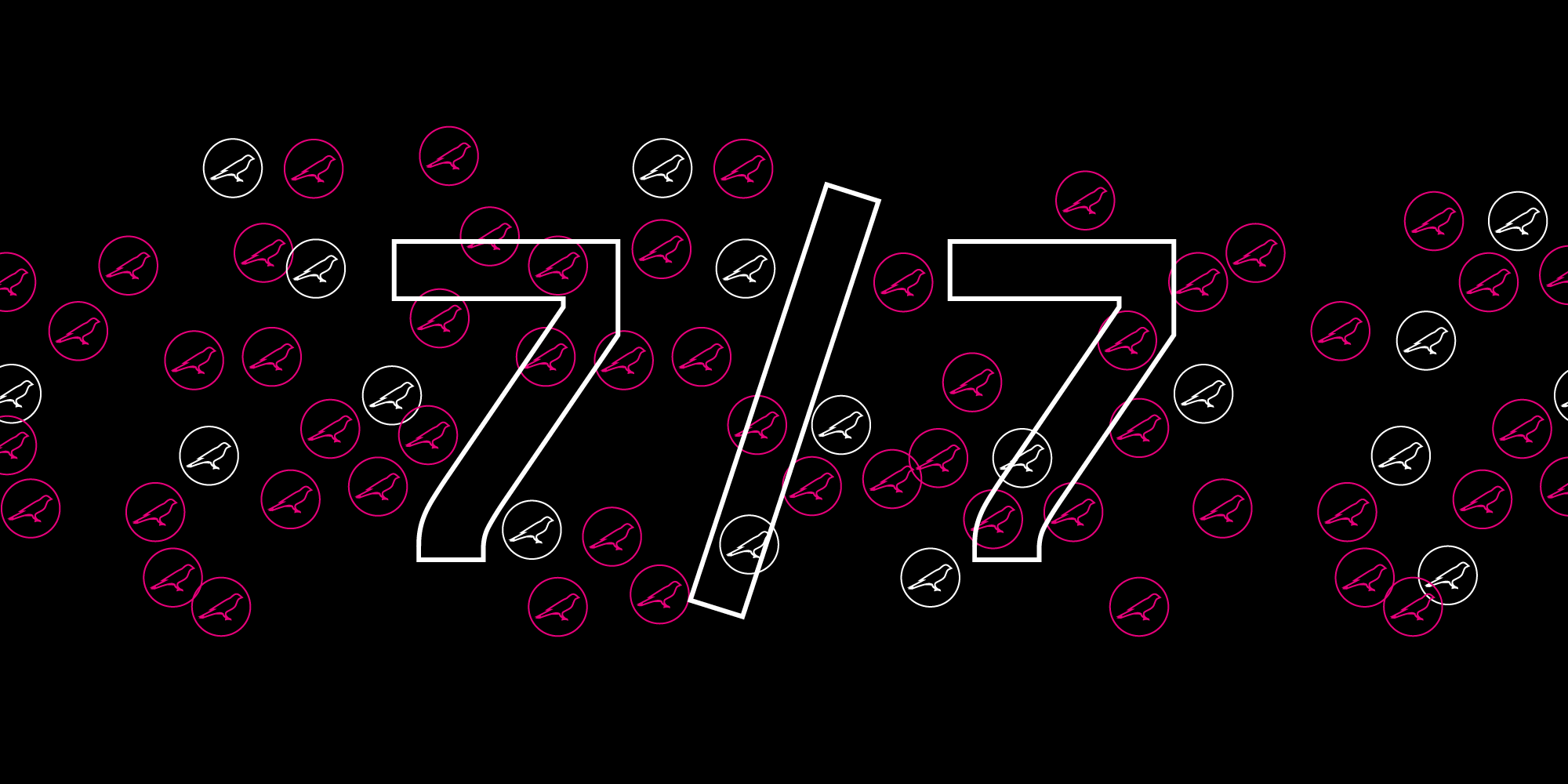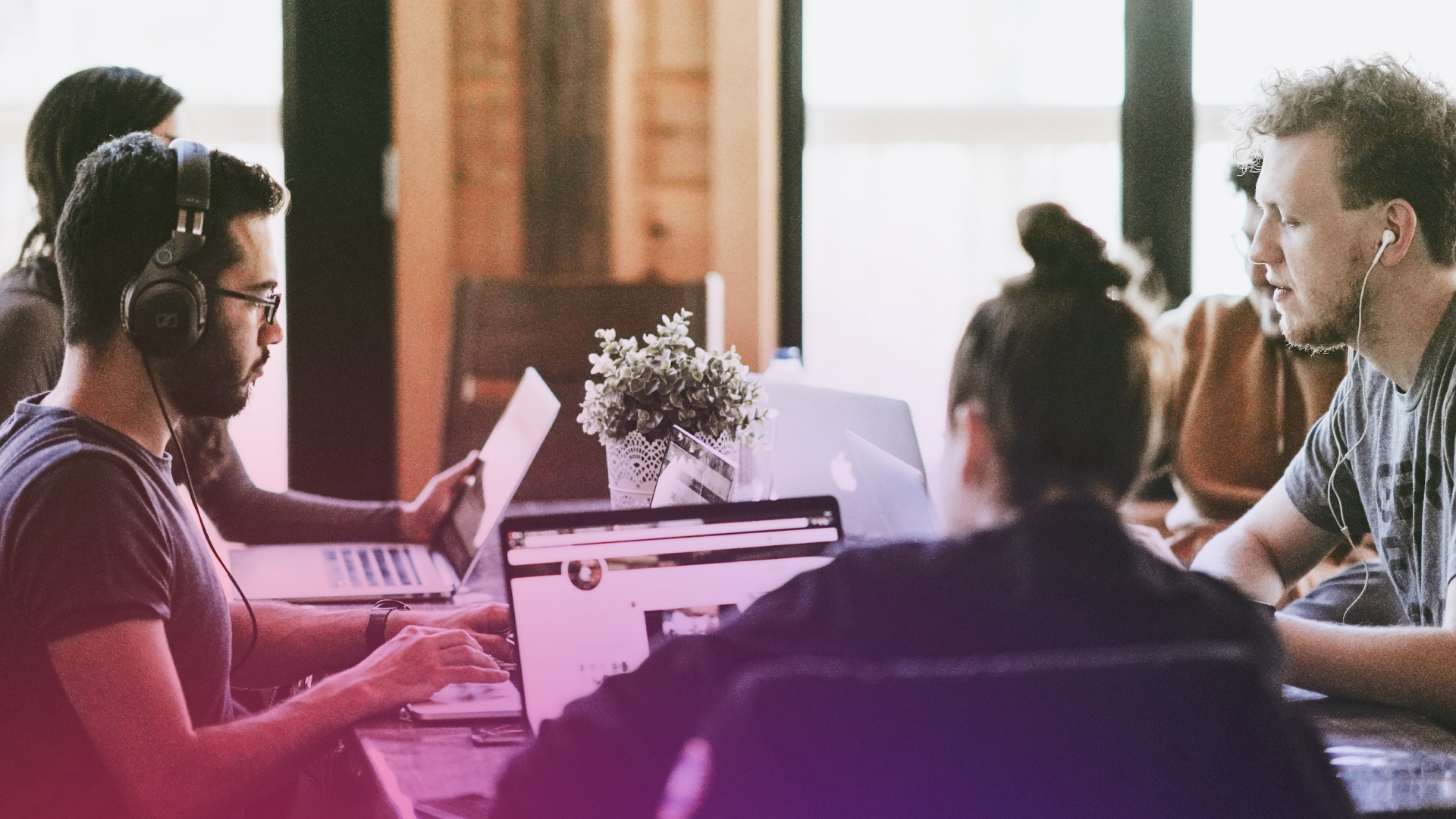Kusama Treasury Funds Seven Teams in Seven Weeks
The Kusama Treasury plays a fundamental role when incentivizing organic development and growth of our community. At the time of writing this post, more than 190,000 KSM (Kusama tokens) sit on the Treasury. Now they are being put to good use.
 By Polkadot•June 19, 2020
By Polkadot•June 19, 2020
By Raul Romanutti, Kusama Council Member and Project Manager at Parity Technologies
The Kusama Treasury plays a fundamental role when incentivizing organic development and growth of our community. At the time of writing this post, more than 190,000 KSM (Kusama tokens) sit on the Treasury with no effective use whatsoever: we need to put them to work, right?
What is the Treasury? Its role in the economic design
The Treasury is essentially a pot of tokens collected through transaction fees, slashing and staking inefficiencies on the Kusama Network. This repository of tokens is managed by the Kusama Council, whose main role is to represent passive stakeholders. In order to incentivize the complete spend of all tokens at every period, a system of burning KSM is built into the design, with a subsequent deflationary pressure on its standard implementation. However, on Kusama the treasury burn is currently set to 0 (subject to a change on the runtime) meaning that no repository KSMs are burned at the moment.
Initially, much doubt surrounded the use of spending proposal submissions, primarily as a consequence of the lack of off-chain mechanisms for designing and planning proposals that would effectively be approved by council members; this caused much inaction when it came to the use of the Treasury. We are slowly changing this through new spending mechanisms and alternative ways of using the current methods.
There are currently two ways to spend treasury funds: Tipping and Spending Proposals.
Tipping: Tips can be suggested by anyone and are supported by council members. They do not have any definite value: the final value is decided based on the median of all tips issued by the tippers. Up to now, we have mainly used this mechanism to reward the work of those community members who developed something valuable or creative, assisted in education by translating resources, supported evangelism efforts in social media or even produced branded ceramics! To understand the process better, make sure to check Kusama's Wiki page.
Spending Proposals: Treasury tokens can be spent by submitting a spending proposal that, if approved by the council, results in community members receiving funding for the development of projects that give traction to the network. When voting on a spending proposal, council members generally ask themselves the big question: "Does it make sense to fund with Kusama funds?", which in broad terms means if it adds value to the network.
While these two are the current spending mechanisms, thanks to a community-driven proposal our current spending is about to expand with new ways to spend the treasury funds for projects that we believe matter. Members of the Kusama ecosystem have identified areas that needed improvement: one of the new mechanisms proposed is a Treasury Bounty mechanism, aiming to delegate the curation activity of spending proposals to an expert called a "Curator". This new mechanism aims to delegate the curation activity and was originally a response to the feeling of inaction discussed above. It aims to allocate resources effectively and release the Council from the responsibility of monitoring and executing payments. At the moment, we are heading to the implementation phase and we are aiming to make use of it as soon as tests have been run.
Furthermore, the Kusama Community has refined its methods and started working on guidelines that allow teams to structure rounded submissions for review. The discussion has opened new conversations between teams in the ecosystem and is very much evolving towards creating a “common application” for Substrate chains (more to come on this exciting news soon).
Proposals can be submitted by any community member with a deposit of 5% of the requested amount or 20 KSM (whichever is higher) as an anti-spam mechanism. These proposals may consist of (but are not limited to) infrastructure deployment, network security operations, ecosystem provisions, software development, but also marketing activities, community and outreach events! The opportunities are unlimited as long as the submission answers the big question in a satisfactory way.
The Treasury has already funded several projects in proposals and tips: let's take a look at what has been endorsed by the community.
Expanding The Ecosystem: Meet The Teams
At the time of writing, seven teams (and the Kappa Sigma Mu Society) have received a significant amount of funds from the Treasury to finance their operations and build great tech for the Kusama Network, and one essential proposal just passed on software development for Polkawallet to provide a more intuitive and convenient entry point for participating in governance, using the treasury functionality and staking.
Polkascan and its essential infrastructure deployment project: ThePolkascan Foundation team joined the ecosystem in the early days with the goal of making blockchain data accessible and understandable. Polkascan is a multi-chain exploration and data analytic platform for the broader Polkadot and Substrate ecosystems widely used on Kusama. On the platform, users can browse any event on the blockchain, review accounts, governance actions or use analytics.
While the Polkascan team developed the project through a Web3 Foundation grant, they have been active in discussing how on-chain treasury spending mechanisms, like tipping and spending proposals, are key instruments in sustainably financing public infrastructure like this one. Concepts like "social contract" appeared and were defined as agreements in which the Kusama Treasury would sustainably fund the service provided by Polkascan. The team funding is currently governed by one of these instruments. However, the door is still open for new mechanisms to appear when thinking of Decentralised Autonomous Organizations as customers, like Kusama.
LocalCoinSwap and accessibility for non-technical users: Blockchain end-users typically have different technical abilities than developers, and this is often a large barrier to entry standing between many projects and mainstream adoption. A typical end-user will struggle with the basic installation and operation of wallet software and will not practice the basic security principles involved. LocalCoinSwap’s mission is to bridge the gap between technology and accessibility, by providing a simple system in which end users can purchase cryptocurrency directly from each other. The team focuses on building out the open-source functionality in the Kusama protocols and libraries to allow decentralized, secure, and unrestricted value exchange via multi-signature P2P trading. The team is currently working on their third milestone.
AirProtocol and LocalKSM: In the same direction of opening doors to non-technical users as LocalCoinSwap, Air Protocol’s focus is to enable users to access crypto assets and Web3 services anywhere by creating an infrastructure layer to enable decentralized and censorship resistant p2p markets.They aim to implement a P2P exchange focused on KSM tokens. The project will consist of an app for iOS and Android that enables users anywhere to list proposals for selling or buying KSM at a rate they specify and with a payment method of their choice.
UseTech and the Grandma Friendly Nomination project: a stand-alone solution for wallets, parachains and exchanges and their users, this project aims to implement a simple, beginner-friendly nomination process and create updating solutions to evaluate the profitability of existing nominations and the alternatives to them. The team has delivered the first 3 milestones, is currently working on the fourth one and developing research on specifications for the fifth.
Polkawallet & Soramitsu's Wallet integration projects for the network: These two alternative mobile wallet projects aim to allow Kusama users to interact with the network. In general, they include iOS and Android versions and cover several functions, including user and token management, staking and network governance and treasury pallet. The ultimate goal is to allow all stakeholders to monitor the project's progress in a timely manner.
The Polkawallet team is the last project (until now) to pass a Council motion to receive funds. Their development roadmap includes the use of the Social Recovery Pallet (a new tool developed by Parity Technologies to improve key management without resorting to centralized custodians, who may not be trustworthy or competent) and an offline signature mechanism to improve security and expand the existing governance functions available on the completed parts . You can already try the application on your phone, however the new features above will be ready soon!
Soramitsu is currently working on its wallet's first milestone, supporting standard features, staking and governance functionalities. The team is focusing heavily on the UX/UI design and key software engineering artefacts to support subsequent phases of Kusama's development.
Moving Forward from Genesis Governance: Decentralization Through The Camera Lens
As I mentioned before, technical development for the network is not the only focus of the Treasury: Community outreach and evangelism are a critical part of Kusama's mission. With this in mind, it is not strange that Miguel Marques, a filmmaker and member of the Polkadot Ambassadors Program, presented a proposal to fund a systematic documentation and videography project on the political reasoning behind the activity of Kusama.
The production is ongoing at the moment and the team is aiming to interview all council members to deconstruct the philosophy behind Web3, decentralization and participation in the eyes of Kusama. The end result will be three sets of documentaries: two 40-50 minutes films and a series of short documentaries that will be released each week.
The future is looking bright for the Canary Network
The Treasury is open to everyone willing to answer the question: How can this contribute to Kusama's vision? And in the end, the Council attempts to spend as many proposals in the queue as it can without running out of funds. If you want to learn more about how to submit a proposal, visit our wiki page, join our communications channels or check our proposal guidelines.
After being turned into a council motion, a proposal needs 51% of the council to approve it to pass, or 51% to reject it to fail. If a majority is not reached, the proposal remains in limbo - neither accepted nor rejected until more council members weigh in: so make sure to be active on all channels and talk to your council members.
Join the Kusama community
There are plenty of ways to get plugged in to the Kusama community. Join the discussion on Telegram and Riot, or subscribe to Kusama's newsletter. Learn more about Kusama on our website and in the Kusama Wiki. Want to join the core growth team behind Kusama? Join the Ambassador Program.











